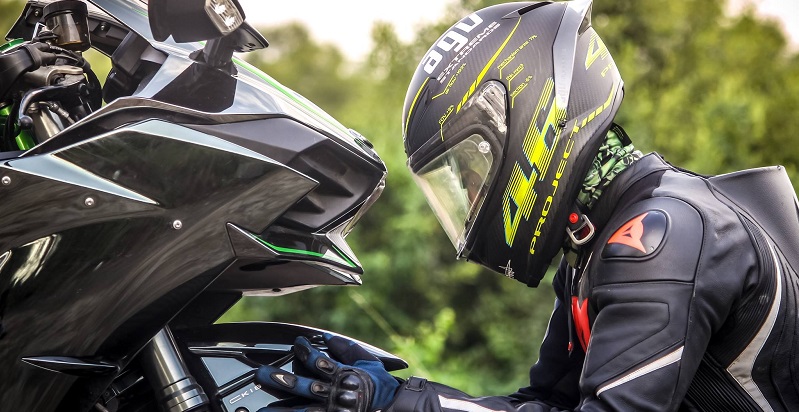A Colorado motorcyclist is 28 times more likely than a car passenger to die in an accident. But wearing the right gear slashes the odds.
Motorcycles Offer Colorado Riders Immense Freedom but Little Protection in an Accident
Riding a motorbike is getting riskier.
According to the Insurance Institute for Highway Safety, 5,172 people died in motorcycle accidents in 2017. That’s more than twice the number of motorcycle deaths recorded a decade earlier, in 1997. Although these deaths had been falling since the early 1980s, the number began to increase again in 1998. And it continues to climb.
Using data on fatal crashes from 2016, the National Highway Traffic Safety Administration (NHTSA) estimates that motorcyclists are about 28 times more likely to be killed in a crash than people traveling in cars.
Skill and training definitely play a role in avoiding or surviving a Colorado motorcycle accident. But staying safe is always harder when you’re riding on a bike than when you’re riding in a car. That’s because bikes:
- Have two wheels instead of four.
- Lack structural protection.
- Are less stable than cars.
- Are harder to see on the road than cars.
- Have fewer high-tech safety features than cars.
The only protective accessory someone in a car tends to bring is a pair of sunglasses. But safety-conscious motorcyclists, knowing the higher risk they face, typically gear up with leather, Kevlar, boots, gloves, and helmet.
Safety Gear Worth the Price
Sure, good safety gear can be pricey. But it’s worth it. CE-rated body armor covers as much of your body as possible, thereby helping to protect your lungs, heart, rib cage, hips, pelvis, upper and lower trunk, legs, elbows, and shoulders from serious injury. Although such gear will do little to prevent injury if you are unlucky enough to be involved in a high-speed, high-impact accident, the good news is that “most motorcycle crashes don’t happen at high speeds,” according to research by Liz de Rome (“The Injury Reduction Benefits of Motorcycle Protective Clothing”).
The CDC finds that leg and foot injuries are the most common types of injury sustained in motorcycle accidents, suffered by 30 percent of all victims. Sturdy motorcycle boots help protect your feet and ankles from sprains, fractures, and crushing injuries, and also provide good grip and support.
But the single most important piece of safety gear that a motorcyclist can wear is a DOT-approved helmet—one that meets the U.S. Department of Transportation’s minimum standard level of protection. These helmets have the following features:
- One-inch-thick inner lining of polystyrene foam.
- Sturdy, solidly riveted chin strap.
- Nothing extending more than two-tenths of an inch from the helmet surface.
- A DOT sticker on the outside and a Snell or American National Standards Institute label on the inside.
- Labeling that indicates name of manufacturer, month and year of manufacture, model, size, construction materials, and information about the owner.
According to the NHTSA, motorcyclists who skip wearing a helmet are much more likely to die from a traumatic brain injury than those who do wear one. A helmet should fit properly and be appropriate for the kind of motorcycle you are riding. Full-face helmets that offer all-around protection are safest.
If you or a loved one has been injured in a motorcycle accident in Colorado, contact Dan Rosen at 303-454-8000 or 800-ROSEN-911 to schedule your free initial consultation with an experienced personal injury attorney today.

